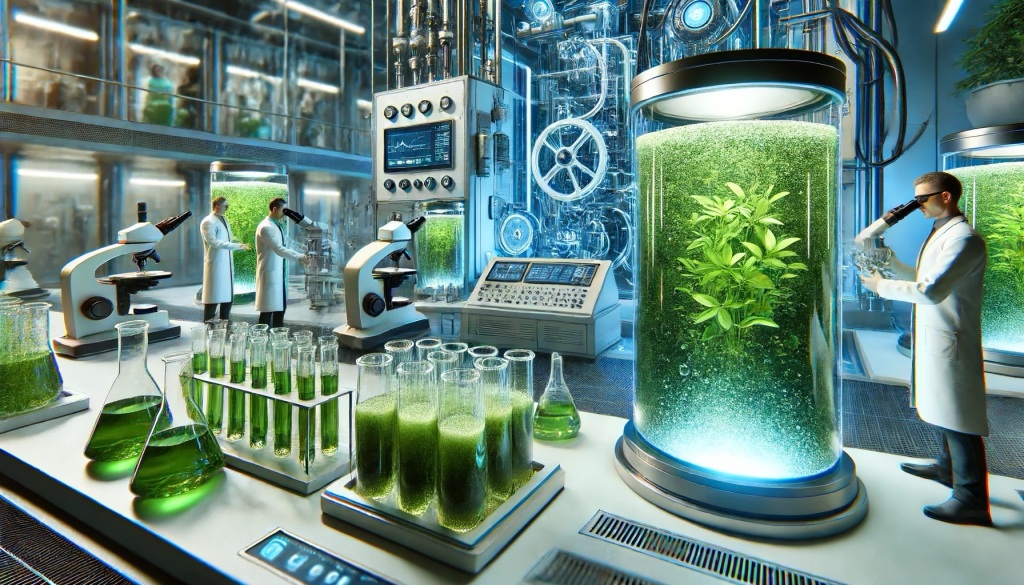
A study published in the Chemical Engineering Journal explores an innovative method for reclaiming phosphorus from wastewater algae, while enhancing the electrochemical properties of biochar for use in supercapacitors. Researchers employed a sulphuric acid leaching process on biochar derived from wastewater microalgae and seaweed, achieving phosphorus recovery rates between 93.4% and 95.4%. The process also preserved significant amounts of iron, calcium, and magnesium in the biochar, which are crucial for its performance in energy storage applications.
The study compared two leaching sequences—leaching followed by activation (LA) and activation followed by leaching (AL). The LA sequence produced a more porous structure and more sulphur-containing functional groups, resulting in superior specific capacitance (486.3 F/g at 1 A/g) for the biochar. This enhanced performance is vital for developing efficient and sustainable supercapacitors.
In addition to these technological advancements, the study highlighted significant environmental benefits. The life cycle assessment (LCA) of the sulphuric acid-assisted biochar production showed a potential reduction in global warming impact by 1.34–2.94 tonnes of CO2-equivalent per year for each tonne of biochar produced. This dual-function strategy not only addresses waste management issues but also offers a carbon-negative solution for energy storage, making it an economically and environmentally sustainable innovation.






Leave a comment